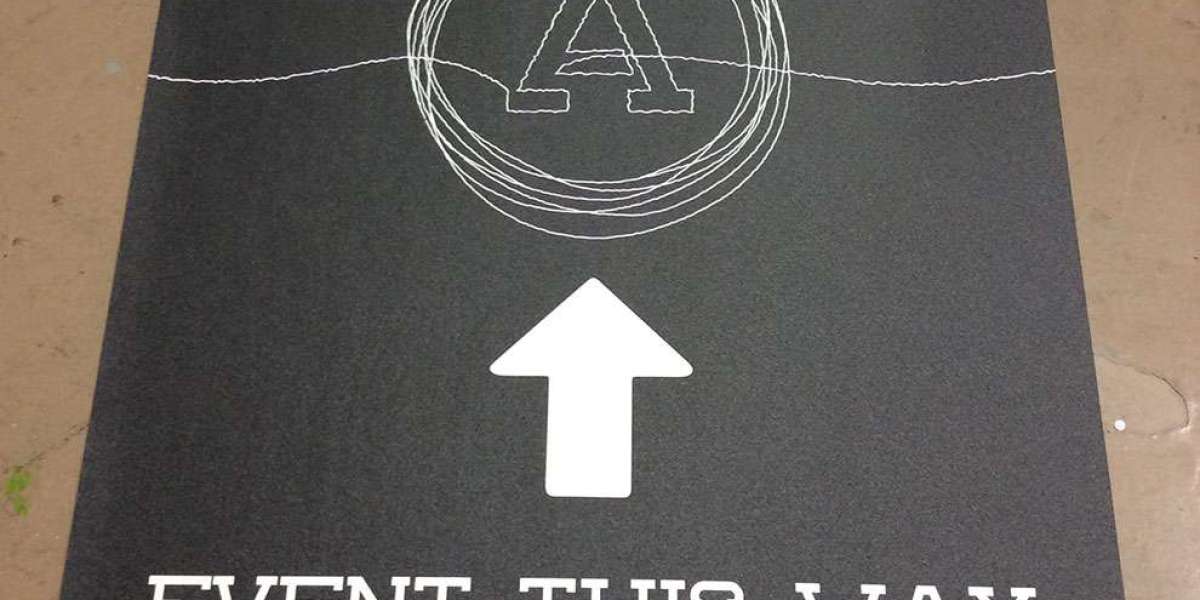There are many toys that encourage learning, but few combine imagination, role-play, creativity, and social development as beautifully as a Wooden Tea Set. Whether displayed in a playroom or spread across a living room floor during a pretend afternoon tea, this kind of toy has a timeless charm and strong developmental value. Many parents today prefer sets like the Wooden Tea Set because they offer hands-on opportunities for learning while allowing children to enjoy play that feels natural, open-ended, and self-directed.
A Classic Toy That Stands the Test of Time
Children are naturally drawn to toys that allow them to explore the world around them through make-believe. A wooden tea set has been a staple across generations because it mirrors real-life experiences that children recognize—sharing snacks, pouring drinks, serving family or friends, and playing host. These activities may seem simple, but they form the foundation of many soft skills that will support children long after childhood is over.
Unlike digital or battery-operated toys that guide the play experience through sounds or flashing lights, wooden tea sets leave the story in the child’s hands. Kids aren’t just pushing buttons; they’re inventing their own worlds, imagining new roles, and bringing tiny table gatherings to life one cup at a time.
Encouraging Hands-On Development Through Play
Wooden tea sets do far more than occupy a child’s attention—they teach through action. Fine motor skills develop as children grasp cups, place them on saucers, lift teapots, and carefully pour imaginary drinks. Hand-eye coordination grows stronger with every movement, and children learn to adjust how they carry and handle items based on their weight and balance.
These are foundational skills for later tasks like writing, drawing, buttoning clothing, and even tying shoes. When learning comes from play, children don’t feel like they are practicing—they simply enjoy the process and repeat the actions naturally, strengthening their abilities with each pretend tea party.
Building Strong Social and Emotional Skills
One of the biggest benefits of a wooden tea set is how well it encourages interaction. Whether children play with siblings, parents, friends, or even their favorite stuffed toys, they learn the basics of social exchange:
Turn-taking
Sharing
Expressing themselves
Listening to others
Communicating politely
Children often narrate as they play, imitating behaviors they see adults model in the real world. This helps them explore social roles in a safe and imaginative environment. Pretend play is one of the strongest ways children learn empathy, cooperation, and emotional regulation—all skills that are essential for school and beyond.
Open-Ended Play Sparks Imagination
Wooden Tea Sets offer endless possibilities because they don’t dictate how children should play. One day the tea party may be a royal celebration, the next day a gathering of dolls, and another day a pretend café in a busy city. Imagination thrives when toys allow play to evolve in many directions.
Wooden toys generally have a minimalistic design, which invites children to fill in the narrative with their own thoughts, creativity, and ideas. Instead of relying on preset storylines, they invent their own. This process not only builds imagination but also problem-solving and cognitive planning.
Simplicity Encourages Focus and Calm Play
Many modern toys are fast-paced, stimulating, and overloaded with sensory triggers. While these can be entertaining, they may not always encourage mindful, focused play. A wooden tea set, however, creates a slower, calmer experience.
Children often spend more time concentrating, setting up their play space, arranging plates and cups, and engaging deeply in their pretend world. This focused engagement supports longer attention spans and helps children practice independent play—something parents appreciate just as much as children do.
A Durable Toy That Lasts Through the Years
Wooden tea sets are popular because they are built to last. Made from durable materials that can withstand daily handling, drops, or rough play, they can be enjoyed by siblings, passed on to younger family members, or even saved for the next generation.
Wooden toys also age beautifully. Instead of fading, cracking, or breaking easily like some plastic versions, they often maintain their charm over time. Many families enjoy the nostalgic value of keeping toys that carry childhood memories, and a wooden tea set is often one of those keepsakes.
Safer Materials Parents Can Trust
Because younger children often mouth objects, parents appreciate toys made of natural materials. Many wooden tea sets are crafted from sustainably sourced wood and finished with child-safe paints and coatings. They allow kids to explore freely without parents worrying about chemicals or fragile parts breaking off.
Safety and simplicity often go hand in hand, and wooden toys remain one of the most trusted choices for toddler playtime.
Boosting Language Skills in Everyday Moments
Pretend play has a major impact on early language development. A tea set invites constant conversation, whether a child is playing alone or with others. Children describe what they are doing, ask questions, narrate the story, or give characters personalities.
Children may:
Name objects
Learn words like “pour,” “stir,” “serve”
Use descriptive language
Practice forming complete sentences
When a parent joins in, even casually, their involvement encourages more expressive speech and reinforces new vocabulary in a natural, enjoyable way.
Learning Manners Through Play
A pretend tea party is also a wonderful opportunity to teach real-world routines and polite habits in a playful, low-pressure setting. Children learn:
How to offer something to someone else
How to say “please” and “thank you”
How to wait their turn
How to treat others kindly
When children begin practicing these basic etiquettes through play, they are more comfortable using them in everyday life. This is one of the reasons educators often encourage role-play as part of early learning programs.
Encouraging Creative Independence
Children feel proud when they manage something on their own—from setting up the table to organizing the cups and pretending to serve guests. This creates a sense of ownership and independence over their play. Open-ended toys like tea sets don’t limit children to one correct way of playing; instead, they let them make the decisions.
That empowerment encourages confidence, self-direction, and positive self-esteem—all key ingredients for future learning success.
A Perfect Toy for Sibling and Group Play
Wooden tea sets are excellent for families with multiple children. They bring everyone into the same play space and encourage shared time away from screens. Group play teaches negotiation, compromise, and teamwork while offering moments of laughter, bonding, and childhood joy.
Children may:
Host tea parties together
Divide roles (server, guest, parent, cook)
Create elaborate stories
Build relationships while having fun
This kind of collaborative experience is a treasure in modern playtime, especially in busy households.
Easy to Store and Display
Another benefit of a wooden tea set is its visual aesthetic. Many families appreciate toys that look beautiful on a shelf or in a play corner. Wooden toys add warmth and charm to a room and don’t require batteries, chargers, or multiple pieces of instruction. They are simple to store, easy to organize, and always ready for spontaneous play.
A Gift That Carries Meaning
A wooden tea set is a thoughtful gift for birthdays, holidays, or special milestones. It represents more than a toy—it represents memories, family time, and imagination in motion. Children often return to it again and again, creating new stories every time.
As children grow, parents often look back fondly on the tea parties they shared, the pretend meals they were served, and the giggles across tiny tables. It is a gift that creates moments, not just entertainment.
Conclusion
A Wooden Tea Set is far more than a charming plaything—it is a powerful tool for learning, growth, creativity, and relationship-building. From fine motor development to language skills, social-emotional learning to imaginative expression, it supports nearly every area of early childhood development in a gentle, enjoyable, and natural way.
With its durability, beauty, and timeless appeal, it remains one of the best toys to introduce into any child’s play collection. Simple, meaningful, and filled with possibilities, it is a reminder that children learn best when they play freely—and that sometimes, the smallest pretend tea parties hold the biggest lessons.








